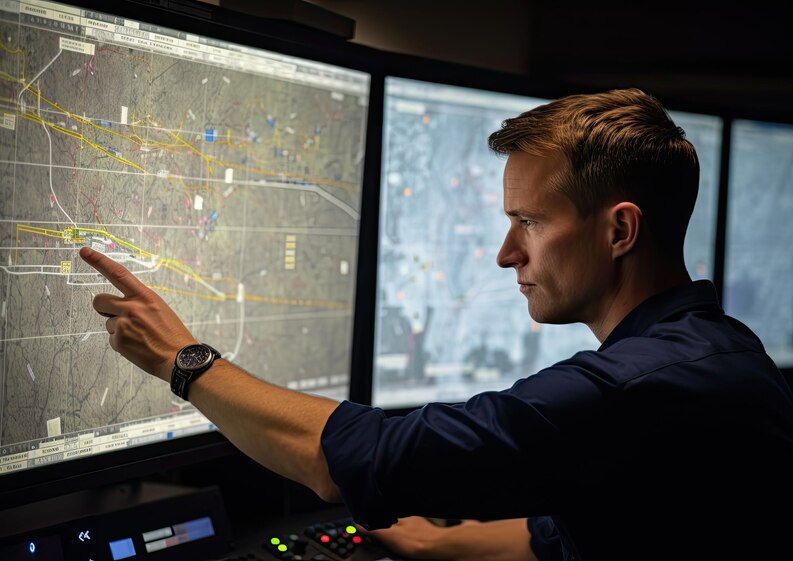In an increasingly complex and unpredictable world, Detecting Threats Beyond the Limits swiftly is of paramount importance. Traditional human sensor sight has its limitations, making it essential to harness technological advancements that extend our abilities beyond what the human eye can perceive. Thanks to cutting-edge sensor technology, we are witnessing a revolution in threat detection, ushering in a new era of enhanced security and safety.

In this blog post, we will delve into the fascinating world of sensor technology and its transformative impact on threat detection. From remote surveillance to real-time monitoring, these innovations are empowering us to identify and respond to threats that were once beyond our human sensor sight.
Detecting Threats Beyond the Limits
- Remote Sensing and Imaging
Remote sensing technology enables us to capture and analyze data from a distance, providing a broader perspective of our surroundings. From satellite imagery to drones equipped with high-resolution cameras, remote sensing allows us to monitor vast areas, including remote and inaccessible regions, enhancing our ability to detect potential threats from afar.
- Infrared and Thermal Imaging
Infrared and thermal imaging sensors have proven invaluable in various security applications. By detecting and visualizing temperature variations, these sensors can identify hidden threats, such as intruders in dark or obscured environments. Additionally, thermal imaging enhances our ability to detect fires, leaks, and other hazardous situations, ensuring timely response and mitigation.
- Chemical and Biological Detection
Sensor technology has evolved to detect and identify chemical and biological threats, safeguarding public health and security. Sophisticated sensors can rapidly identify hazardous substances, including dangerous chemicals and pathogens, enabling authorities to respond promptly and effectively to potential emergencies.
- Acoustic and Vibration Sensors
Acoustic and vibration sensors are instrumental in detecting subtle changes in sound or movements that may indicate suspicious activities. These sensors can monitor large areas for signs of unauthorized entry, perimeter breaches, or structural anomalies, offering an added layer of security in critical environments.
- Smart and Connected Sensors
The Internet of Things (IoT) has transformed the capabilities of sensor technology by connecting sensors to smart networks. These interconnected sensors can collect and share data in real-time, enabling a more comprehensive and intelligent approach to threat detection. With AI-driven analytics, smart sensors can identify patterns, predict potential threats, and trigger automated responses.
Conclusion
As technology advances, so does our ability to detect threats beyond the limits of human sensor sight. The evolution of sensor technology, including remote sensing, infrared imaging, chemical detection, and smart sensors, has empowered us to enhance security and safety in an ever-changing world. By harnessing these cutting-edge innovations, we are better equipped to identify potential threats, respond swiftly, and protect our communities and assets more effectively.
As the field of sensor technology continues to evolve, we can expect even more groundbreaking advancements in threat detection, further bolstering our ability to safeguard against emerging security challenges. With the fusion of human expertise and technological prowess, the future of threat detection looks brighter than ever before, offering a safer and more secure world for generations to come.

